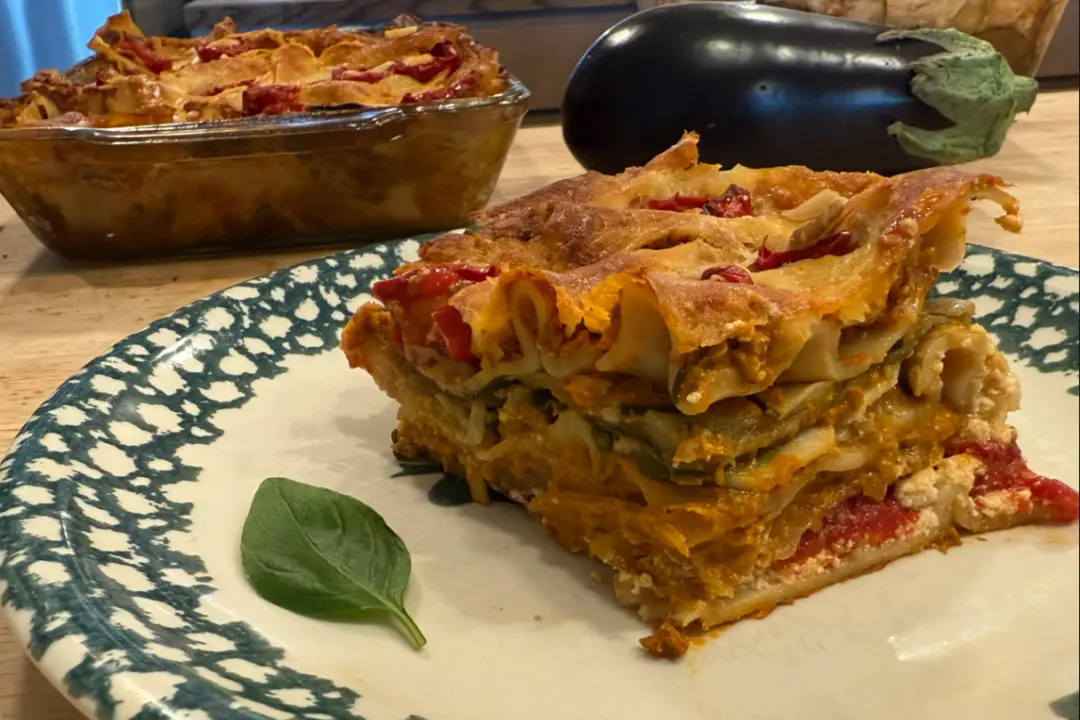As winter heads into full gear, fresh produce is starting to feel like a faded memory. The tomatoes are mealy and the lettuce has jet lag, but the pomegranate harvest has just begun. Don’t take the lovely pomegranate for granted.
The bright red orbs dangle brightly from the bushy plants like Christmas tree ornaments. The fleshy seeds inside are like juicy rubies and can turn the average cook into a culinary magician. Grab a handful and fling them at your food as if you’re gesticulating the words “hocus pocus.” Cast the seeds on salad, soup, steak, breakfast, and everything in between.





